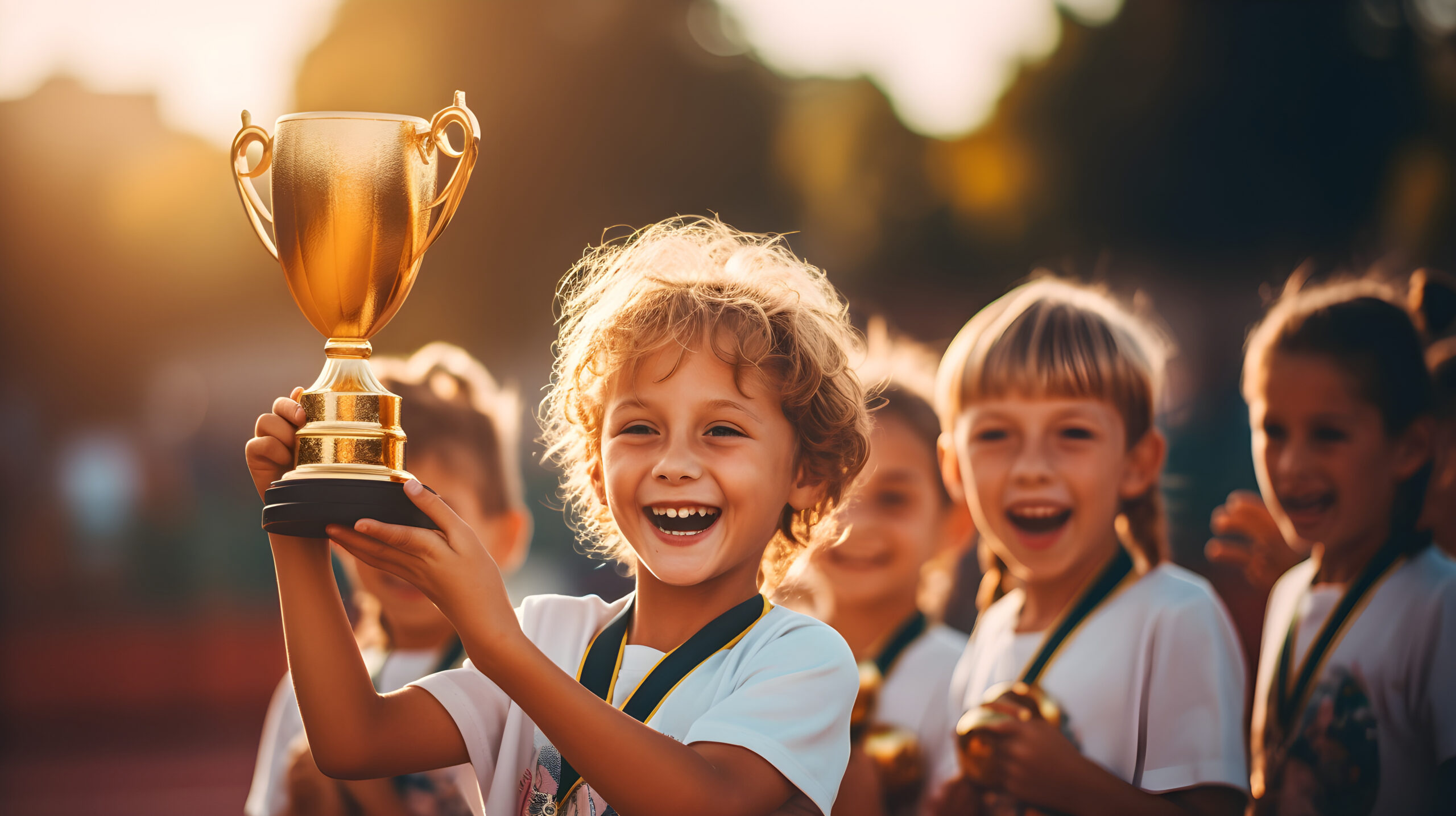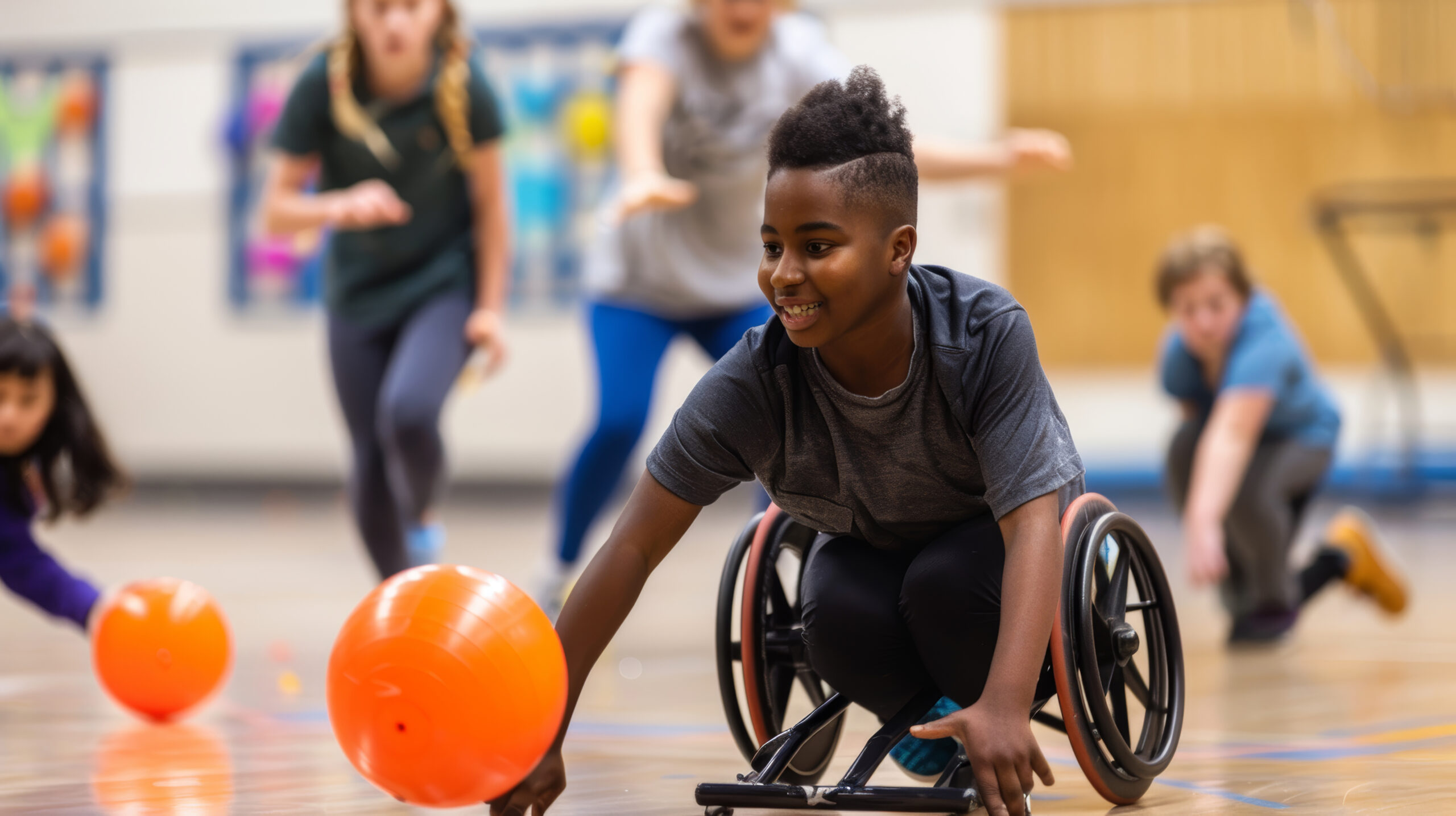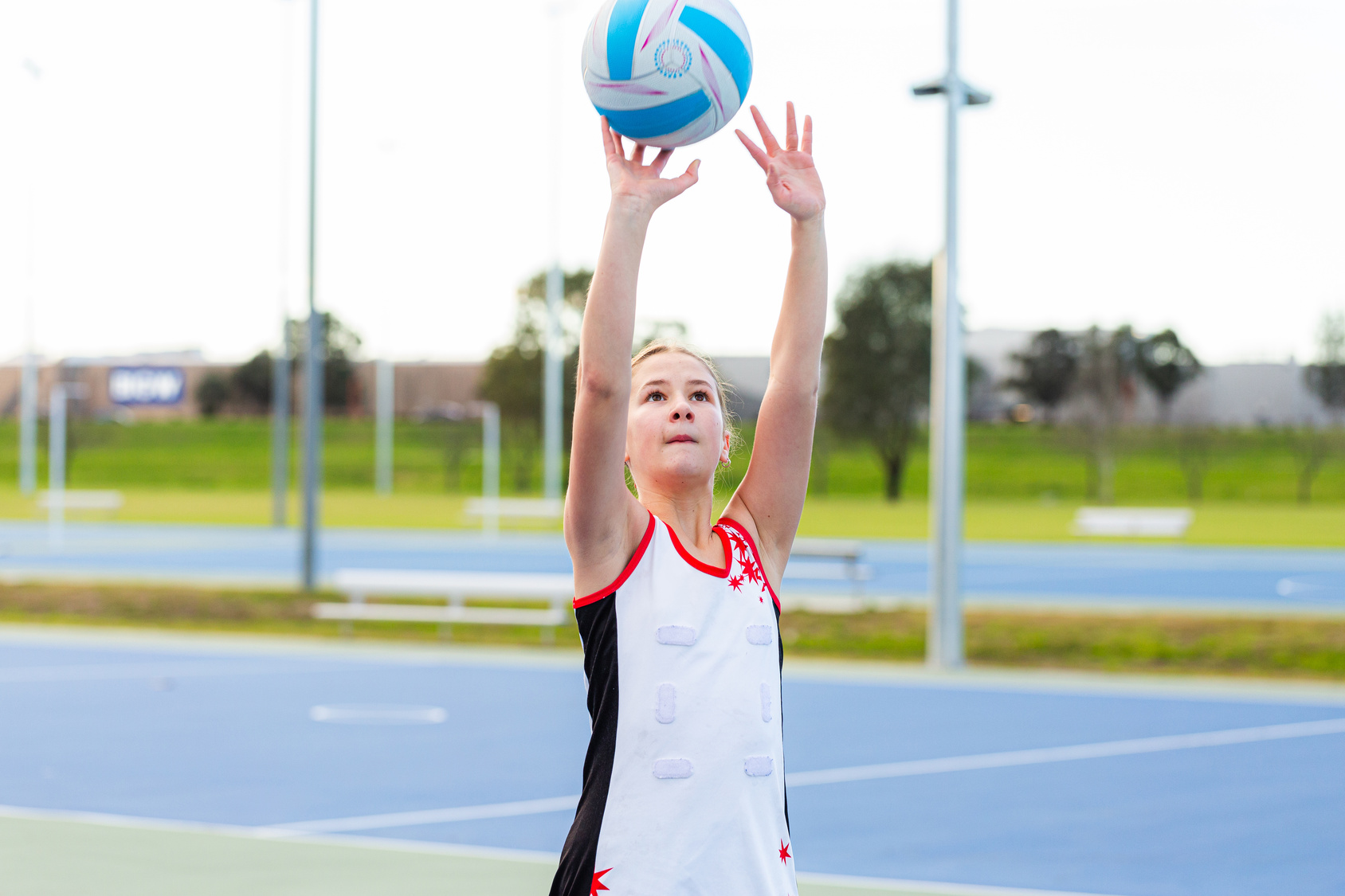5 Gymnastics Safety Tips for Primary Schools
Gymnastics is an incredibly rewarding topic. It provides plenty of unique benefits for children –but as with other sports, it’s not without its risks! We know from experience that teachers can be hesitant when it comes to delivering Gymnastics lessons because they feel less confident and worry about the safety of their pupils. This doesn’t […]

Gymnastics is an incredibly rewarding topic. It provides plenty of unique benefits for children –
but as with other sports, it’s not without its risks!
We know from experience that teachers can be hesitant when it comes to delivering Gymnastics lessons because they feel less confident and worry about the safety of their pupils. This doesn’t have to be the case! Like any sport, safety measures are vitally important… And to mark the launch of our new gymnastics lesson plans, we’ve listed five gymnastics safety tips for primary schools.
1. Don’t skip the Warm Up
Gymnastics promotes physical development, cognitive skills, confidence, discipline and resilience. There are very few PE activities that provide quite so much benefit as gymnastics. This is why this is one of the most popular activities within PE.
Many PE activities, but particularly gymnastics, require plenty of preparation. Children should be allowed time to warm up thoroughly and get the blood flowing around their bodies. Dynamic movements, pulse raisers and stretching loosens the muscles to prepare the body for exercise. If warm ups are skipped, or cut short, the muscles may be too tight to perform certain movements, and this can lead to strains or pulls.
2. Always make sure there is full supervision
Our PE lesson plans are designed to be easy for all primary school teachers to follow, regardless of experience. However, it is extremely important that children have full supervision throughout a gymnastics lesson.
Adequate supervision ensures children are performing exercise correctly, using proper technique, and they are following the rules (more of that in a moment!). Teachers should be vigilant, providing individual attention and guidance to help prevent accidents or injury.
3. Ensure children know the rules
There are a few basic, but incredibly effective, rules that we recommend you employ during these lessons to help ensure full gymnastics safety. All common sense – but they are important, so we are including them here…
- Ensure children know not to run, unless they are told to as part of an activity, particularly when apparatus is set out. Running can put them and others at risk. There are often too many obstacles in gymnastics – such as mats, platforms and benches – for it to be safe enough to run during gymnastics. Bumps, falls and collisions can all be avoided by walking instead.
- Listen to the teacher! The importance of paying attention to the teacher cannot be stressed enough to children in a gymnastics lesson. Make sure all pupils know the risks – and that when you tell them to do something – or not to do something – it is often to prevent injury.
- Never attempt a new skill without supervision! It’s great when one of your pupils wants to try something new. But, it’s important that they let you guide – or at least supervise – their first attempt. Make it clear to the children that they should never try a new skill without supervision. Trying something for which they are unprepared may lead to injury.
- Watch out for others! Explain to children that they must always be aware of their surroundings. Even the most cautious children can overlook someone about to perform a leap or roll in their path.
4. Make sure the equipment and space is suitable and safe
A gymnastics lesson must be equipped with appropriate equipment. This can include comfort mats, crash mats, beams and benches. Primary school gymnastics gear can vary massively from school to school, but any equipment used must be regularly inspected for wear and tear and worn out or damaged items replaced. Gymnastics apparatus such as wall frames must be regularly serviced. They should be frequently checked, with any issues reported and fixed before use.
Most gymnastics activities can be performed simply with mats. Make sure these are available and set up for jumps, rolls, landings and so on. It is important that children know that these mats are used for comfort and shouldn’t be used in the same way as safety/crash mats are used.
Bear in mind also that the space you use for gymnastics lessons must have ample room for children to move safely. Ideally, there should be with clear boundaries to prevent collisions and accidents. The same applies when setting apparatus stations. Thought must be put into the direction children are travelling, landing points clear from other pupils and equipment, and floor stations in a good space for children to perform the required gymnastics elements.
When splitting the class into groups, try to keep numbers low with more apparatus stations so stations aren’t crowded. Obviously this depends on class numbers, but try for small groups as much as possible.
5. Make sure activities are suitable for pupils’ age and skill level
It is important to introduce gymnastics skills in a progressive and age-appropriate manner. Your class should start with basic movements and gradually advance to more complex skills as they develop strength, coordination and flexibility.
All our Gymnastics plans have ways to make activities more difficult or a little easier to ensure all pupils are appropriately challenged. Assess each child’s abilities and provide appropriate progression and differentiation whilst ensuring that they do not attempt skills beyond their level of capability.
Our plans are accompanied by Guidance Cards to help recap previous learning, to help assess where your class is at.
Don’t forget to have fun!
Gymnastics safety is of paramount importance – but it’s important that children have fun, too! The activities children will perform in these lessons will make a huge positive difference to their physical fitness, confidence and body awareness – and they will get so much out of them.
Having fun will help children achieve more, faster – and that makes your job a little easier, too.
New gymnastics lesson plans
We hope you’ve found our gymnastics safety tips useful, and that they will help you with planning your PE lessons when using our brand new gymnastics lesson plans. We’ve included a preview video of our new lesson plans below – you’ll find many more videos, as well as knowledge organisers and guidance cards, here.
Please do get in touch with our team if you need guidance or advice with any PE lessons – we’re here to help!


